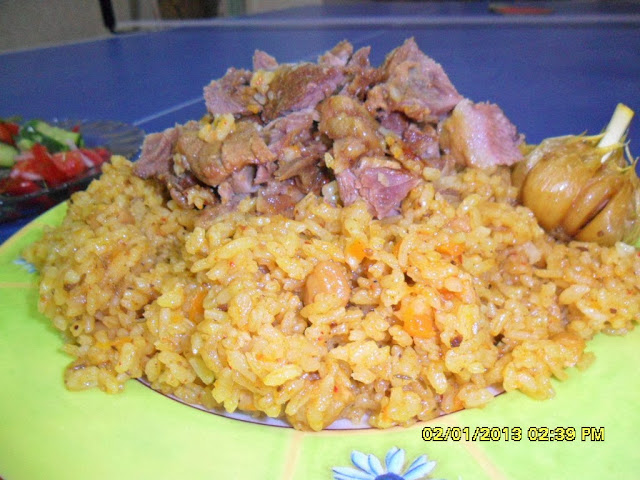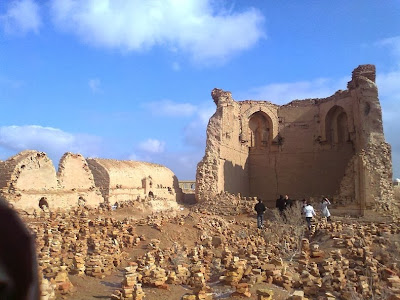The Turanian Tiger
(sometimes called Caspian Tiger) is an extinct subspecies which lived in
Turkey, Iran, Mongolia, Afghanistan, Central Asia as well as Karakalpakstan.
In
1894 due to the increasing cases of tiger attacs on people, a special team of hunters. This
team was directed to hunt tigers in the Daw Kara, Chimbay region at the
Amudarya. During hunting
several tigers were killed, one of the hunters died of wounds inflicted by a
tiger
 Also the last Turanian
Tiger was seen in Kegeyli region of Karakalpakstan in 1974. Now some old people
remember this tiger very well. According to them, till the late 1980s people
were afraid to go alone in the forests of Amudarya delta because they regularly
heard about that Tiger living somewhere in the forest. The name Turanian is
derived from the word Turan which was the name of the lands of present Central
Asia.
Also the last Turanian
Tiger was seen in Kegeyli region of Karakalpakstan in 1974. Now some old people
remember this tiger very well. According to them, till the late 1980s people
were afraid to go alone in the forests of Amudarya delta because they regularly
heard about that Tiger living somewhere in the forest. The name Turanian is
derived from the word Turan which was the name of the lands of present Central
Asia.
 Also the last Turanian
Tiger was seen in Kegeyli region of Karakalpakstan in 1974. Now some old people
remember this tiger very well. According to them, till the late 1980s people
were afraid to go alone in the forests of Amudarya delta because they regularly
heard about that Tiger living somewhere in the forest. The name Turanian is
derived from the word Turan which was the name of the lands of present Central
Asia.
Also the last Turanian
Tiger was seen in Kegeyli region of Karakalpakstan in 1974. Now some old people
remember this tiger very well. According to them, till the late 1980s people
were afraid to go alone in the forests of Amudarya delta because they regularly
heard about that Tiger living somewhere in the forest. The name Turanian is
derived from the word Turan which was the name of the lands of present Central
Asia..jpg)
.jpg)















.jpg)



